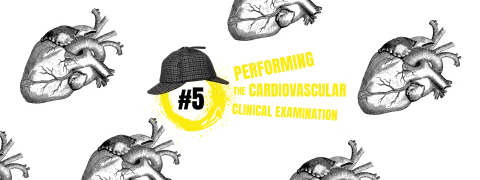
In this 5th issue, the focus will be on the introduction, which has to be both informative and succinct (usually one page). (en rouge)
It sets out the context of the study, its aims, scope and originality. It should highlight the gap in current knowledge that the study intends to fill. The rationale should thus be explained, but of course, the results and the conclusion must not be given at this stage.
Dans ce 5ème numéro, nous allons nous intéresser tout particulièrement à l'introduction qui doit être à la fois riche en informations et concise (généralement une page). Elle expose le contexte de l'étude, ses objectifs, sa portée et son originalité. Elle doit mettre en évidence les lacunes dans les connaissances actuelles que l'étude vise à combler. Ainsi, la logique de l'étude doit être expliquée, mais il est évident que les résultats et les conclusions ne doivent pas être présentés à ce stade.
The introduction should answer several fundamental questions:
- What is the context of the research work you have been doing?
- What is the state of research in this field?
- What is the gap you intend to fill?
- What is the scope of your study and the rationale?
- What is the purpose of this study?
L'introduction doit répondre à plusieurs questions fondamentales:
- Quel est le contexte de la recherche que vous avez effectuée ?
- Quel est l'état des lieux dans ce domaine de recherche ?
- Quelles sont les lacunes que vous envisagez de combler ?
- Quelle est la portée de votre étude et la logique qui la sous-tend ?
- Quels sont les objectifs de cette étude ?
Thus, the basic structure corresponds to the following pattern:
1. What is known (context / state of current knowledge)
2. What remains unknown or is a matter of hypothesis (the gap you intend to fill)
3. What you did in the study to fill this gap (the purpose of your study)
Ainsi, la structure de base respecte le schéma suivant:
1. Ce qui est déjà connu (contexte / connaissances actuelles)
2. Ce qui est encore inconnu ou reste du domaine de l'hypothèse (les lacunes à combler)
3. Ce que vous avez mis en œuvre dans l'étude pour combler ces lacunes (les objectifs de l'étude)
Here is an example of a typical introduction:
En guise d'exemple, voici une introduction type:
Silent myocardial infarction (SMI) is quite frequent in patients with stable or unstable coronary artery disease (CAD), and has about the same serious prognostic value as symptomatic ischemia1,2. However, in asymptomatic subjects with no diagnosis of CAD, the prognostic value SMI is controversial. In apparently healthy and relatively young individuals with limited cardiovascular risk, exercise testing may reveal SMI, though the false-positive rate is high3. Therefore, the use of exercise testing to screen for SMI in the population at large is not recommended4,5.
Nonetheless, in a recent large study of apparently healthy individuals, SMI detected during and after exercise testing was associated with a fourfold increase in the incidence of adverse coronary events over a period of five years, especially in those with a higher-risk profile. The authors thus proposed exercise testing to identify subjects at a high risk6. It has been suggested that 24-hour Holter monitoring could be used to detect SMI in certain groups of individuals with a low to moderate risk of CAD7.
The value of Holter monitoring to identify SMI and its prognostic significance in apparently healthy subjects has not yet been investigated. The aim of this study therefore was to determine the prevalence and prognostic value of SMI as detected during 24-hour Holter monitoring in middle-aged and elderly individuals with no apparent or previous heart disease.
Didier Carnet, Jean-Pierre Charpy, Philip Bastable,
Professeurs d'anglais de l'UFR de médecine de Dijon













